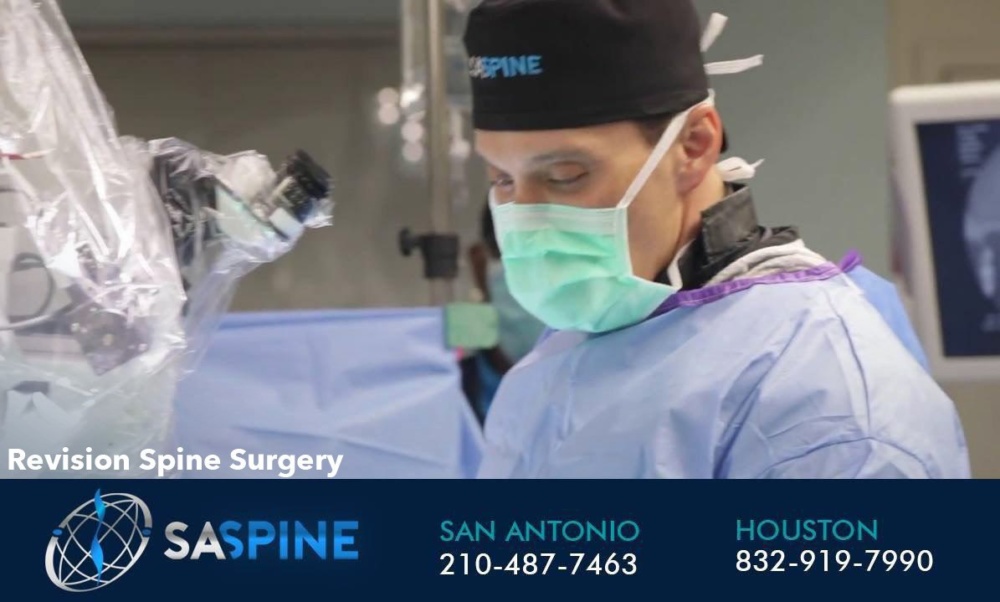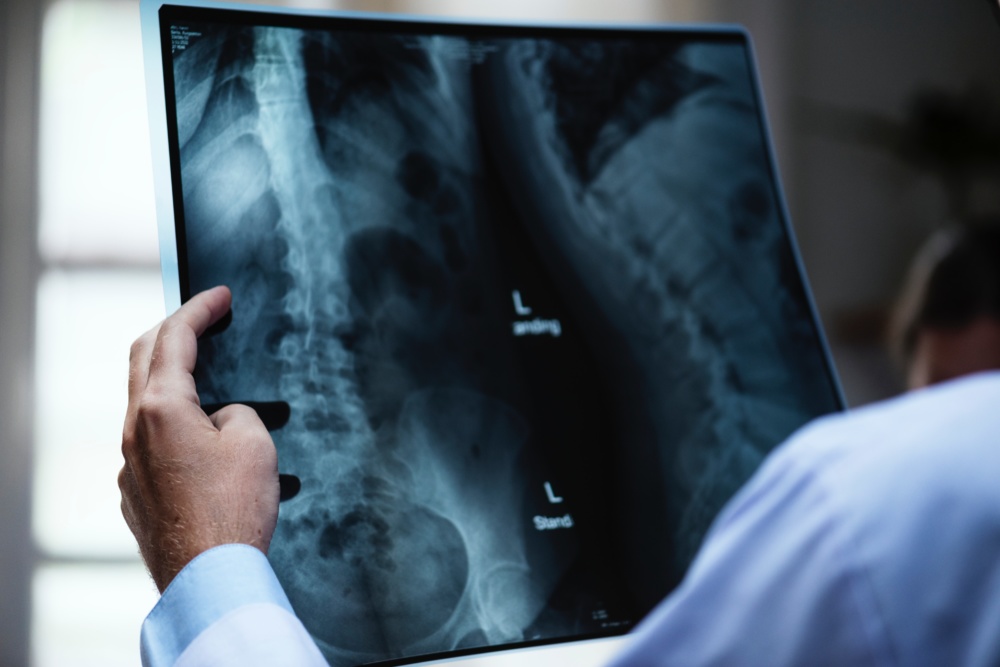By: Dr Steven Cyr
Failed Back or Spinal Surgery? We fix what other doctors won’t.
Spinal surgery is complex, because the human spine is complex. Our backbone provides our entire body with support – when surgeries do not go as planned, this can cause further complications. Understanding your options if you have continued pain can help you determine if you should have a revision spine surgery.
What is revision spine surgery?
Everyone hopes that spine surgery is the end of the line when it comes to treating their back pain, and while it works for the vast majority of individuals, some surgeries fail to eradicate pain. Some patients may require a revision spine surgery. These surgeries are more complicated than standard surgery and require a surgeon with specific expertise in revising failed surgeries. At SASpine, we seek to provide patients with relief anytime they undergo treatment. When patients experience continued pain after a previous spinal surgery, our physician’s background and experience with successfully revising failed surgeries make us ideally suited to increase a patient’s chance of finding relief.
So, how do I know if I need revision spine surgery?
Although every patient’s scenario is unique, often with a failure of fusion, also known as Pseudoarthrosis, the patient usually has some pain relief initially, then the pain returns and may be relentless. When you have symptoms that do not go away after surgery, you should have an evaluation to identify the source. This can determine the cause of your symptoms and provide treatment options. Depending on the cause, you might not need to have revision spine surgery. However, if you do need revision surgery, you should have the surgery performed by a surgeon familiar with revision surgery.
Common reasons a person would need revision spine surgery.
- Future Disc Herniation – If you underwent a discectomy to treat a herniated disc, the surgeon went in and removed damaged bits of the disc that were pinching the nerve(s). This usually helps alleviate nerve compression and pain, but it won’t necessarily prevent you from re-herniating the same disc in the future. Once damaged, a disc may progressively wear or even herniate again. Your doctor will walk you through physical therapy exercises and a treatment plan to reduce the risk of reherniation, but that doesn’t mean you’re fully safe from another herniation. The risk of a recurrent herniation ranges between 5 and 25%.
- Adjacent Segment Disease – Adjacent Segment Disease (ASD) is a problem that sometimes develops after a spinal fusion. When your discs are fused together, you lose mobility in that area, but if you’re still actively moving your spine, that stress is going to be dispersed somewhere else on your vertebral column. Oftentimes the spinal joints above and below the fusion site see an increase in the amount of stress they bear. In patients affected by ASD, the condition doesn’t usually set in for a couple of years after the first surgery. It can lead to sine pain and joint degeneration, and a secondary corrective procedure may be necessary down the road.
- Hardware Problems – Another common reason someone may need to undergo a second operation is because there is an issue with the implanted hardware. Surgeons do everything in their power to confirm that implanted hardware or bone grafts are in a precise location prior to closing the incision site and ending the surgery, but sometimes the hardware can shift because the patient becomes too active too quickly, or as a result of inadequate bony fusion. If the bones fail to connect, the hardware (screws and rods) continues to absorb strain and eventually fails. Metallic implants can move within the bone, break, or pull out of position, causing extreme pain.
- Tumor Returns – One final reason you may need to return for a second surgery is because a spinal tumor returned after it was surgically removed. Other times, a doctor may only be able to safely remove part of a tumor, and although they will try to stop the growth of the remaining section using methods like radiation or chemotherapy, there’s a chance the tumor will continue to grow and need to be surgically addressed.
How is revision spine surgery managed or treated?
Treatment is based on patient’s symptoms and the pathology that is going on. Not all patients are the same, and not all revision spine surgery is the same. As long as there is no neurological damage, conservative management can be attempted first. This includes physical therapy, injections and anti-inflammatory medications. When pain becomes relentless or if neurological changes occur, surgery may be offered.








Recent Comments